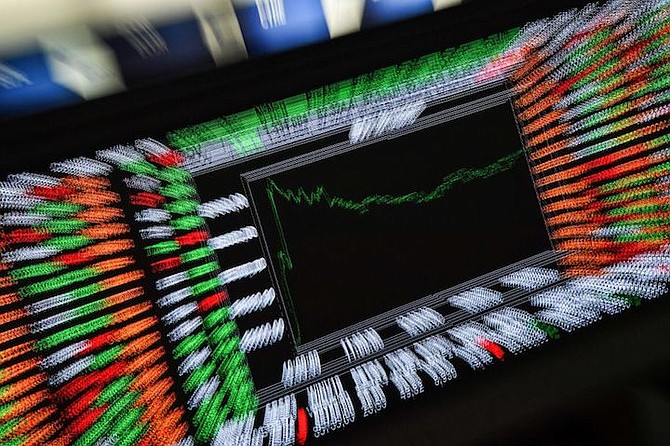By CHRIS ILLING
CCO @ ActivTrades Corp
Worries about inflation and interest rates flared up again and triggered a price slide on the international stock markets during Friday last week. In the US, the PCE price index for January, which is based on consumer spending, was significantly higher than expected.
It is now expected that the Federal Reserve will continue to act decisively with several interest rate hikes against the still-high inflation. The US indices were on the way to recording their biggest weekly loss since the beginning of the year. Investors are pulling out of technology companies, whose stocks are particularly dependent on monetary policy. Higher interest rates should devalue the future profits of these high-growth companies.
On the other hand, the commodity companies expect brilliant business for 2023. Everyone knows that raw materials are getting scarce. But the world does not seem to understand it. For example, for the planned expansion of electric mobility alone, the world would need twice as much copper by 2030 as is currently mined in one year.
The prices for industrial metals rose by almost 10 percent in January, and analysts are raising their targets for copper and other commodities higher. Goldman Sachs expects the S&P GSCI (Goldman Sachs Commodity Index) Total Return commodity index to gain more than 40 percent this year because there is a lack of reserve capacity everywhere. Commodities were already the asset class with the best performance in the two previous years: In 2021, the index rose by a whopping 42 percent, and in 2022, it gained almost a quarter again.
A reason for this bullish outlook is that the real expenses for the development of new mines and production sources have been too low in recent years. Radical COVID lockdowns in China; inflation and sharply rising interest rates; and Russia’s attack on Ukraine were the signs that suddenly pointed to a severe recession. And this under-investment could come to haunt us now. At the end of January, the International Monetary Fund (IMF) slightly raised its forecast for the global economy. The bonus is that China abruptly ended its repressive zero-COVID policy.
The International Energy Agency (IEA) says the world economy is changing over “from a fuel-intensive to a mineral-intensive energy system”. The green conversion guarantees that the demand for some irreplaceable raw materials will continue to increase disproportionately for years to come. And the Europeans (Green Deal) and Americans (Inflation Reduction Act) are each pumping billions into the markets. Materials such as lithium, cobalt or rare earth metals, previously only considered by the Chinese, are now listed as “critical commodities”. At the beginning of March, the European Union (EU) Commission will present its ‘Critical Raw Materials Act’, which is intended to secure the supply chains.
Factors that can slow the race for new raw materials include the lack of skilled workers, missing infrastructure, political pressure and the demands from the producing countries to get a bigger share of the profits. The savvy investor will keep monitoring the balance between new investments in the mining sector and the growing demand for commodities of all sorts worldwide.






Commenting has been disabled for this item.